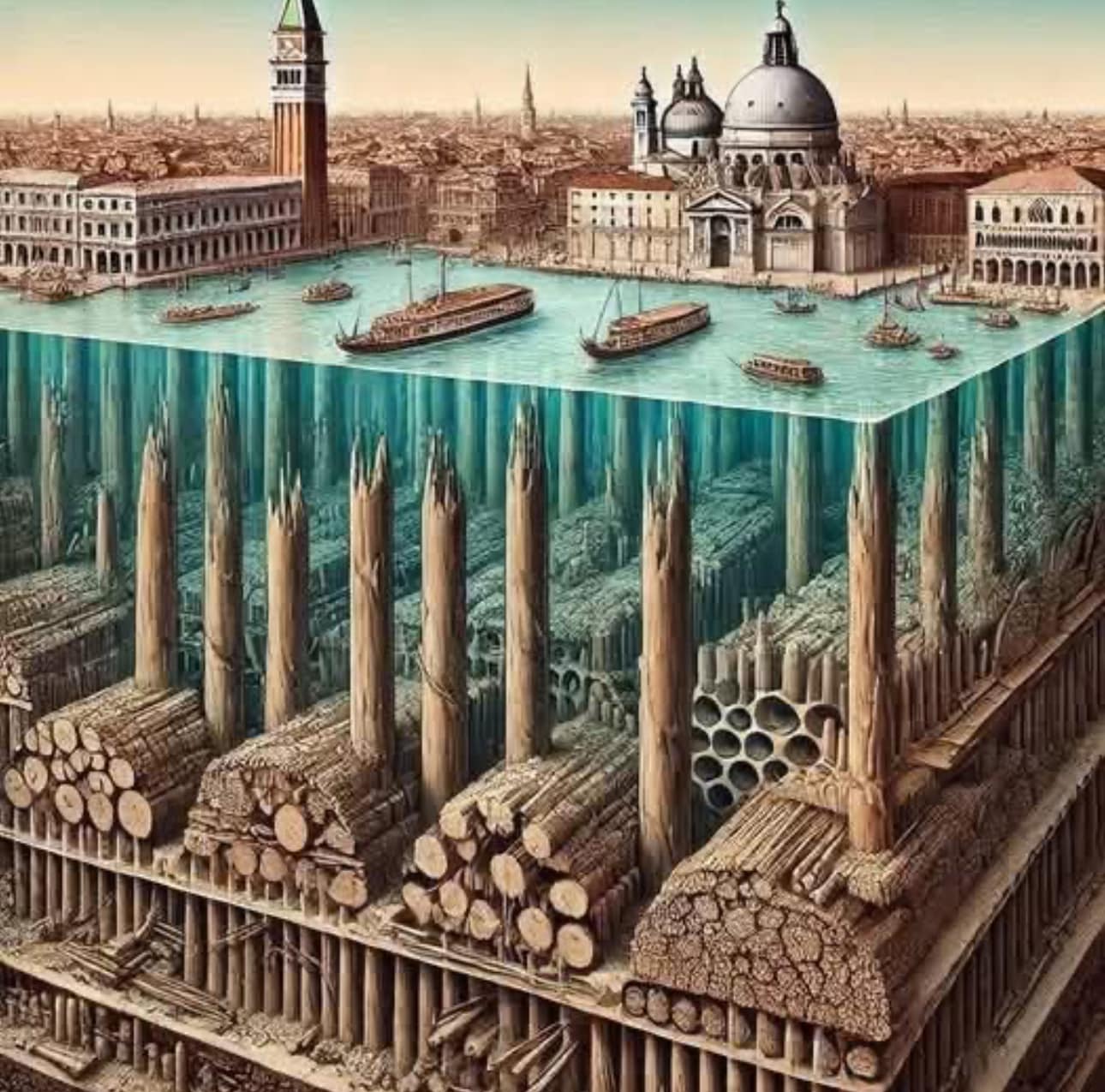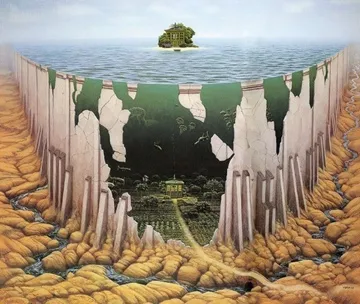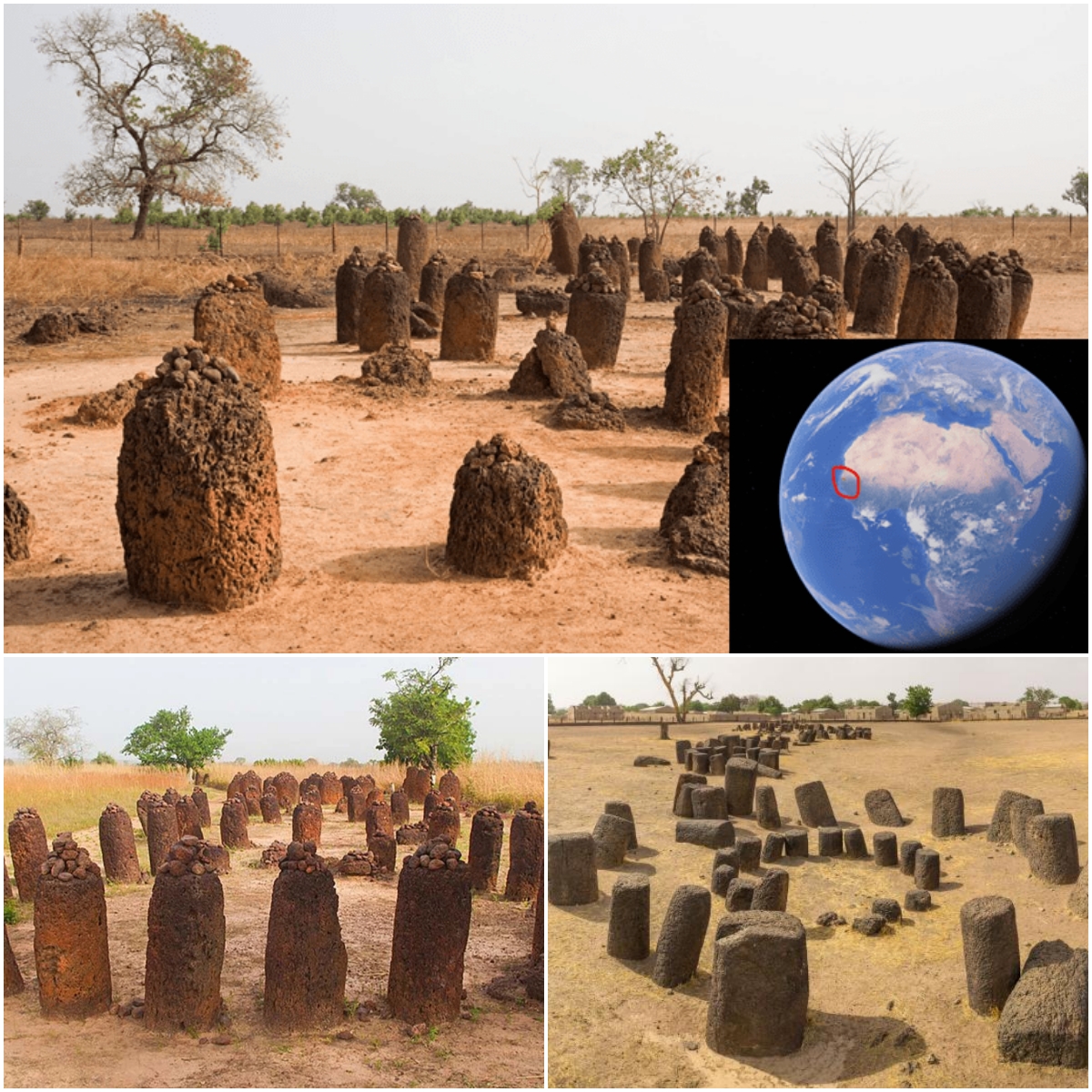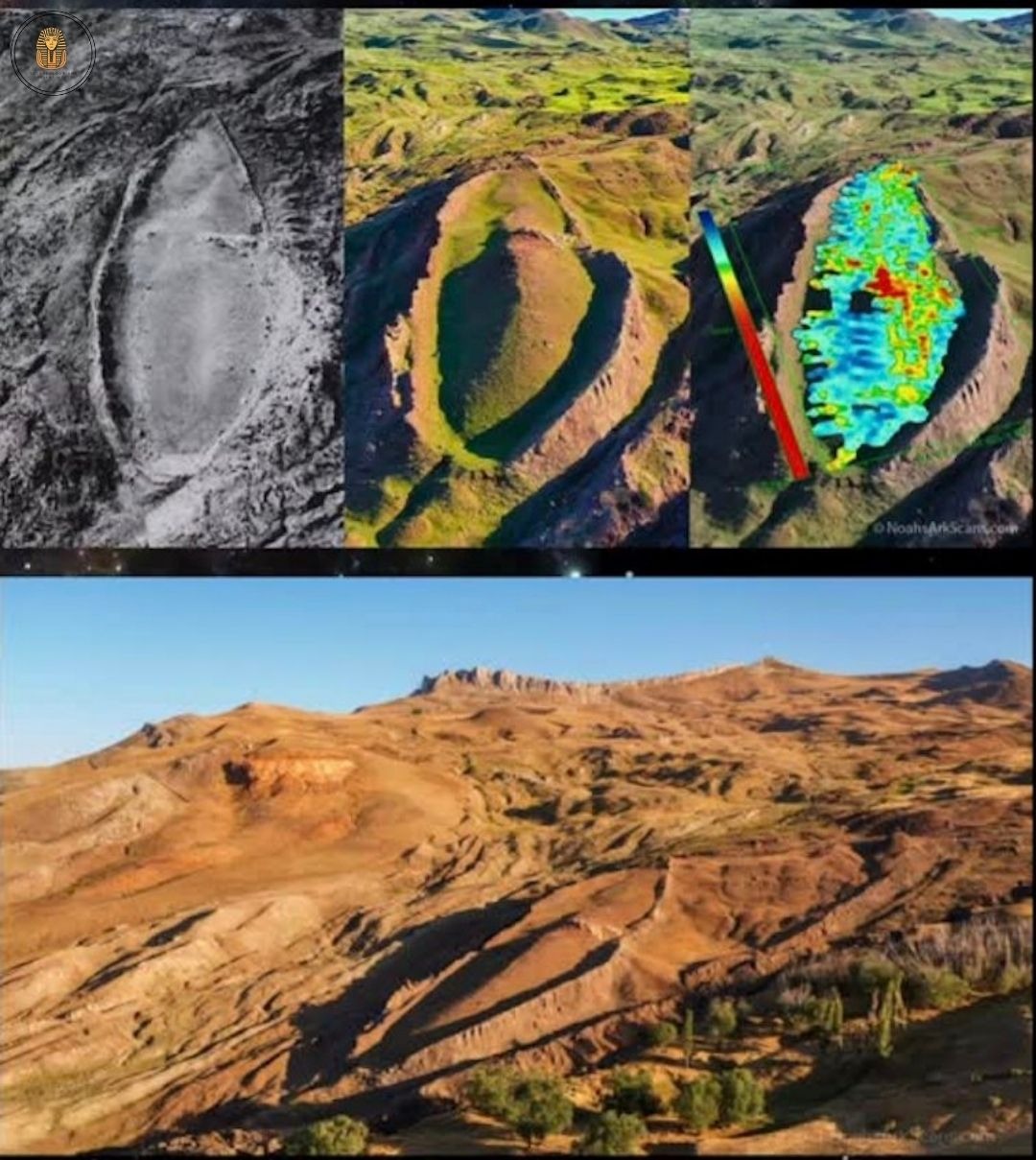Venice’s Hidden Foundation: A Sunken Forest Holding 1500 Years of History
Since its legendary founding in 421 AD, Venice has stood on an unusual foundation: millions of wooden logs buried in the clay bottom of its lagoon. Far from conventional building materials like steel or concrete, the ancient Venetians turned to wood, primarily alder, due to its resilience in humid environments and its ability to resist rotting in contact with water. Woods such as oak and pine were also used to a lesser extent, all obtained from lush forests cleared in northeastern Italy and various regions of Central Europe.
Under the salt water of the lagoon, these logs have undergone a process of mineralization over the centuries. Deprived of oxygen and exposed to the surrounding minerals, the wood fibers have hardened to an almost petrified consistency, similar to stone. This natural phenomenon has allowed Venice’s foundations to remain firm for over 1,500 years, defying both time and ground movements.
The magnitude of this architectural feat is astounding. For example, the imposing St. Mark’s Campanile, one of the city’s symbols, is supported by approximately 100,000 wooden piles, each meticulously driven into the seabed. Even more impressive is the Basilica di Santa Maria della Salute, built in the 17th century in gratitude for the end of a devastating plague epidemic. More than a million logs were used for its foundation, providing a firm support for its white marble structure and majestic domes.

Ancient Venetian builders employed ingenious methods to drive these piles into the lagoon bed. The logs, approximately three meters long, were hammered one after another until they reached a depth sufficient to consolidate the unstable ground. Cross planks and layers of limestone were then placed to distribute the weight of the buildings evenly.
This submerged forest, with piles spaced just half a meter apart, still holds Venice 1.6 meters below the waterline. Thanks to this medieval engineering, the city has withstood the onslaught of the sea and the passage of time for centuries. However, today, Venice faces new challenges such as rising water levels and subsidence, which has prompted the creation of modern projects such as the MOSE system, designed to protect the city from flooding.

Despite these challenges, Venice remains a living testament to the architectural mastery of the Middle Ages and human ingenuity in adapting to the most extreme environments. Its legacy, anchored in a submerged forest, continues to amaze the world with its beauty and resilience.







